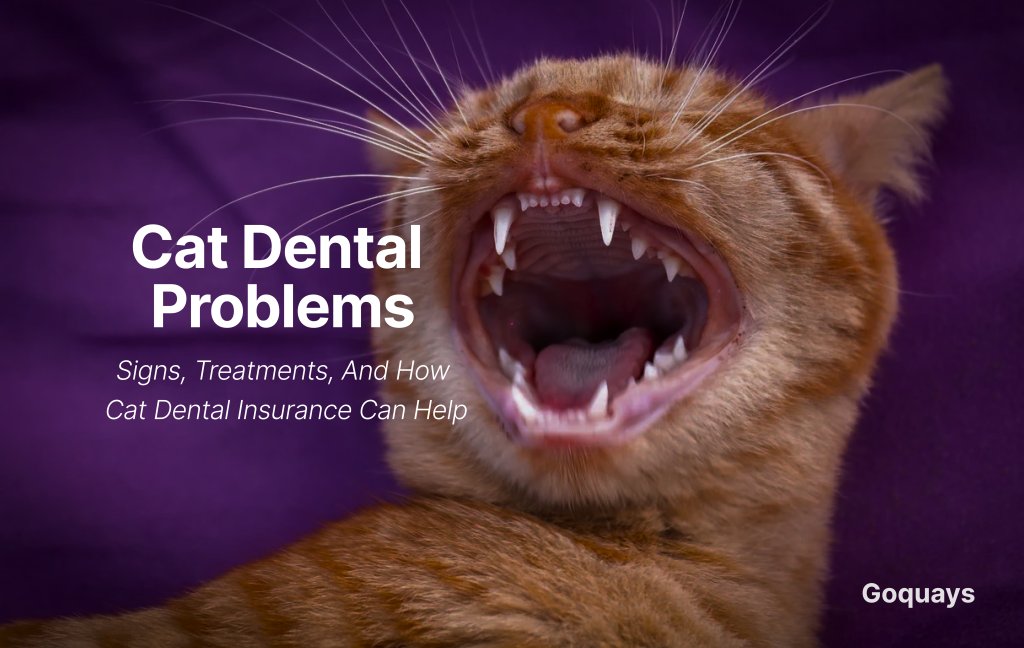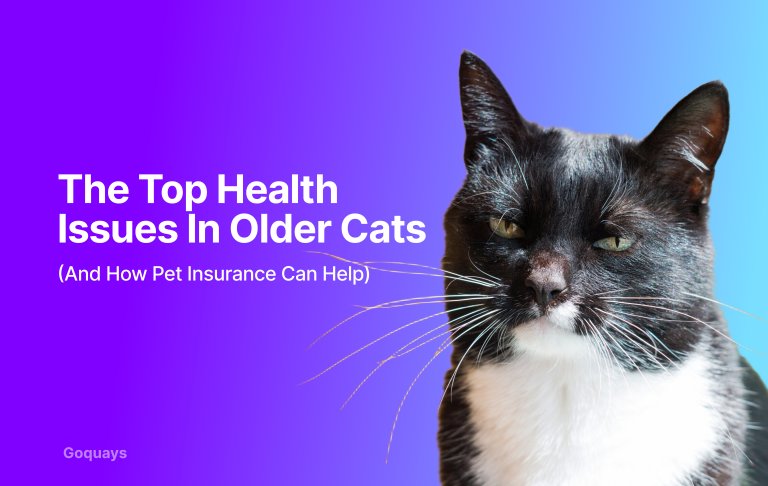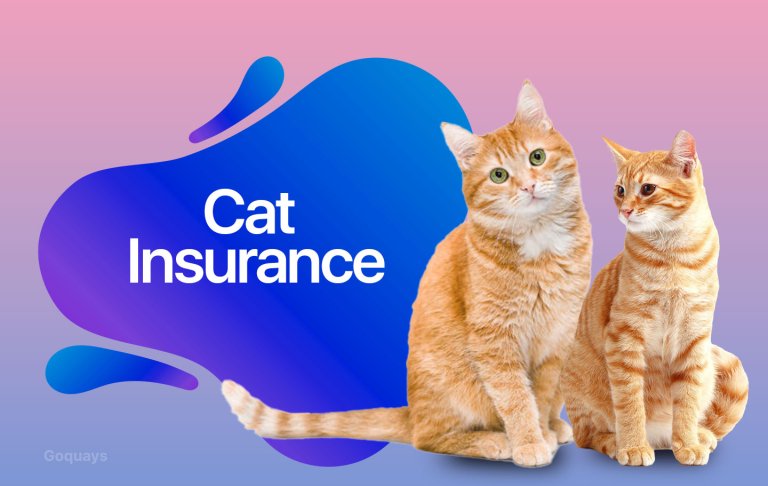A report by PDSA’s PAW (PDSA Animal Wellbeing) suggests that around 80% of cats will experience dental problems in their lifetime, making dental care an essential part of routine pet health management.
Many owners only recognize dental issues when their cat shows symptoms like bad breath, drooling, or difficulty eating, but by this stage, the condition may already be advanced. Treatment can be expensive, with professional dental cleanings in the UK ranging from £200 to £600 and tooth extractions costing £100 to £300 per tooth. Then, you need cat dental insurance to help cover the costs of preventative care, treatments, and surgeries.
In this article, we will explore common cat dental problems, how to identify them early, available treatment options, and how insurance can significantly reduce veterinary expenses.
Common cat dental problems
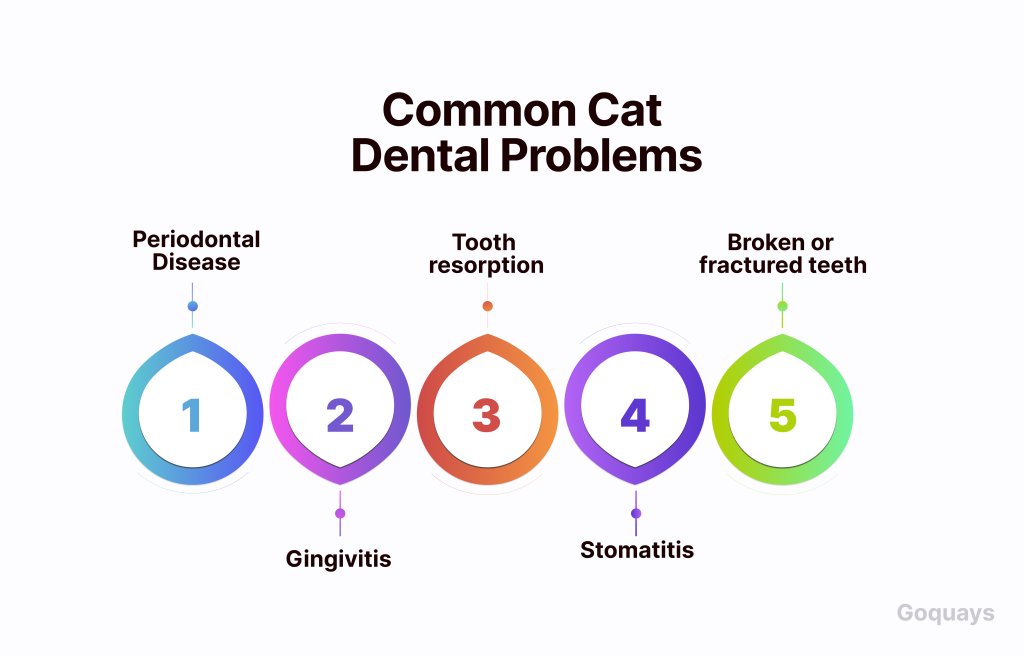
Here are some of the most common cat dental issues and their symptoms
Periodontal Disease
Periodontal disease is the most common dental condition in cats. It affects up to 70% of felines over three years old (British Veterinary Dental Association). It is caused by the buildup of plaque and tartar, which leads to gum inflammation and bacterial infections.
Symptoms:
- Persistent bad breath (halitosis)
- Red or swollen gums
- Yellow or brown tartar on teeth
- Difficulty eating or preference for soft foods
If it is untreated, periodontal disease can cause tooth loss, gum infections, and pain. The bacteria can also spread to major organs like the heart and kidneys and lead to serious health complications.
Gingivitis
This is an early-stage gum disease that occurs when plaque buildup causes gum inflammation. Unlike periodontal disease, gingivitis is reversible with proper treatment and dental care. Some of its symptoms include;
- Red, swollen, or bleeding gums
- Sensitivity when eating
- Excessive drooling
- Pawing at the mouth
When it is untreated, gingivitis can progress into periodontal disease, leading to irreversible damage. However, regular cleanings and proper home dental care can help prevent its progression.
Tooth resorption
It is a painful condition where the body begins to break down a cat’s teeth, leading to loss of tooth structure. Studies suggest that up to 75% of cats over five years old suffer from some form of tooth resorption ( International Society of Feline Medicine). Tooth resorption symptoms include;
- Chattering teeth when eating
- Increased drooling
- Preference for soft food
- Sudden loss of appetite
Tooth resorption can lead to severe pain and requires a veterinary check-up. In most cases, affected teeth need to be extracted to relieve discomfort.
Stomatitis
Stomatitis is a severe, chronic inflammation of a cat’s mouth and gums. It is believed to be linked to an overactive immune response to plaque and bacteria. Its symptoms include;
- Severe pain when eating
- Ulcers or sores inside the mouth
- Excessive drooling, sometimes with blood
- Reluctance to eat, leading to weight loss
This condition is painful and can make eating nearly impossible for your cat. Treatment often involves antibiotics, steroids, pain relief, and in severe cases, full-mouth tooth extractions to eliminate pain.
Broken or fractured teeth
Cats can break or fracture their teeth due to trauma (falls, accidents), chewing on hard objects, or underlying dental disease. Symptoms include;
- Bleeding from the mouth
- Swelling around the face or jaw
- Reluctance to chew on one side
- Teeth that appear chipped or broken
Broken teeth expose the inner pulp, which can lead to infections, abscesses, and extreme pain. In most cases, the affected tooth needs to be extracted or treated with a root canal.
Signs and symptoms of dental problems in cats

As a pet owner, recognizing the early signs of oral health issues in your cat could help prevent serious complications. Here are some symptoms you should look out for in your cat.
- Physical signs
Cats with dental problems may show some changes in their mouth, gums, and teeth. Some of the most common physical symptoms include:
- Bad breath (Halitosis): While mild cat breath is normal, a strong foul odour may indicate gum disease, infection, or tooth decay.
- Red, swollen, or bleeding gums: Inflammation or bleeding along the gum line is often a sign of gingivitis or stomatitis.
- Visible tartar and plaque buildup: A yellow or brown coating on the teeth suggests poor oral hygiene and potential periodontal disease.
- Loose, broken, or missing teeth: If your cat loses teeth unexpectedly, it may be due to tooth resorption, fractures, or severe gum disease.
- Behavioral changes
Dental pain can cause changes in your cat’s eating habits and daily behavior. Watch for the following warning signs:
- Difficulty eating or chewing on one side: Cats may drop food, chew slower, or refuse hard kibble due to tooth pain.
- Dropping food or preferring soft foods: If your cat suddenly avoids dry food or chews with one side of the mouth, a dental issue could be to blame.
- Increased drooling (sometimes with blood)
- Pawing at the mouth or face: If your cat frequently rubs its face against surfaces or paws at its mouth, it may be experiencing oral discomfort.
- Secondary health issues
Because oral infections can spread to other parts of the body, untreated dental disease can contribute to serious systemic issues:
- Weight loss: Pain while eating may lead to reduced food intake and gradual weight loss.
- Irritability: A cat in pain may become withdrawn, aggressive, or less active than usual.
- Swelling around the mouth or face
Treatment Options for Cat Dental Problems
Here are some main treatment options available for cat dental problems.
- Preventive dental care
The best way to manage dental problems in cats is through regular preventive care. These include daily brushing with cat-friendly toothpaste and incorporating dental diets and treats that can help slow down tartar buildup by using a crunchy texture that scrapes the teeth as the cat chews. Also, water additives and dental rinses are available to reduce harmful bacteria in the mouth and freshen breath. Routine dental check-ups at the vet can help detect early-stage dental diseases before they progress into painful conditions.
- Professional dental cleaning
When plaque and tartar buildup become severe, professional dental cleanings are necessary. These are performed under general anesthesia to ensure a thorough cleaning of the teeth and below the gum line, where bacteria can accumulate. While professional dental cleanings can be expensive, ranging from £200 to £600. Having cat dental insurance in place can help cover these costs. That way, you can cover the expenses of professional cleanings without the financial burden while maintaining your cat’s oral health.
- Medications and pain management
In cases where infections or inflammation have developed due to poor oral hygiene, medication may be required to treat the condition and relieve pain. Most vets prescribe antibiotics to control bacterial infections that contribute to periodontal disease and gum infections. Some vets could administer Non-steroidal anti-inflammatory drugs (NSAIDs) or other pain relievers for conditions like stomatitis, which causes severe discomfort.
- Tooth extractions
If a cat’s tooth is severely damaged due to resorption, decay, or fracture, extraction is usually the best solution to prevent further pain or infection. The procedure is performed under general anesthesia. Post-surgery, cats may need pain relief and antibiotics to prevent infection, along with a temporary diet of soft food to allow for proper healing. The cost of a tooth extraction can range from £100 to £300 per tooth.
- Advanced dental procedures
For more complex cases, cats may require specialized dental procedures. If a tooth is fractured or resorbed, your cat may require a root canal to save the remaining portion of its tooth. Advanced periodontal disease may require a gingivectomy, a procedure where the infected gum tissue is surgically removed to prevent further spread of the disease. In extreme cases, cats suffering from feline chronic gingivostomatitis (FCGS), an aggressive form of gum disease, may require full-mouth extractions to eliminate pain and inflammation.
How cat insurance can help
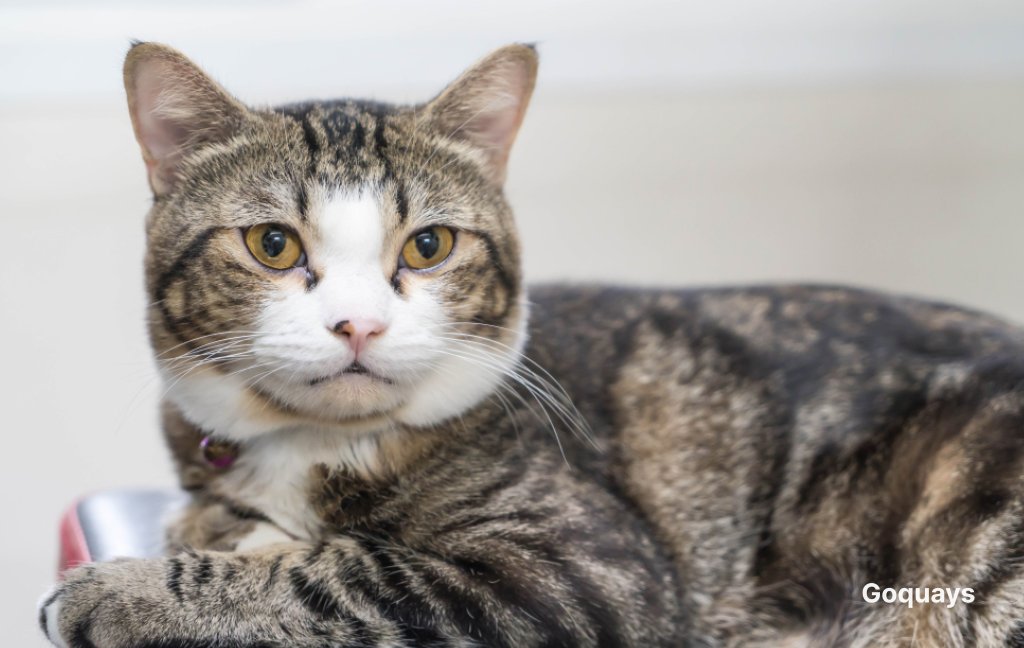
Since dental disease is one of the most common health issues in cats, having pet insurance that covers dental care can reduce the financial burden on pet owners. Here’s how cat dental insurance can help.
- What does cat dental Insurance cover?
Many standard pet insurance policies offer some level of coverage for dental care, but the extent of coverage varies depending on the provider and the plan chosen. Generally, cat dental insurance covers:
- Accidental Dental Injuries
- Gum Disease and Tooth Infection
- Tooth Extractions and Oral Surgery
- Routine Dental Cleanings
- Choosing the right insurance plan for cat dental care
Not all pet insurance policies automatically cover dental care, so it’s important to choose a plan that includes both accident-related and illness-related dental treatments. When selecting a policy, consider the following:
- What’s covered? Look for policies that include not just accident-related dental injuries but also coverage for dental diseases like gingivitis, periodontal disease, and tooth resorption.
- Are pre-existing conditions covered? Many policies do not cover pre-existing conditions, so it’s best to get insurance when your cat is young, before dental issues arise.
- Some policies have waiting periods before dental coverage kicks in, so check the policy details carefully.
- How to claim cat dental insurance
- Visit the vet: If you notice signs of dental issues, schedule an appointment with your veterinarian for an examination and diagnosis.
- Obtain documentation: Your vet will provide medical records, invoices, and treatment plans that are required for the insurance claim.
- Submit a claim: Fill out your insurance provider’s claim form and submit it along with the required documents. Some providers offer online submission for faster processing.
- Reimbursement: If your policy covers the treatment, the insurance provider will reimburse you based on your coverage percentage and deductibles.
Conclusion
Cat dental health is underestimated, yet it plays an important role in a cat’s overall well-being. Dental diseases like periodontal disease, tooth resorption, and gingivitis can cause serious pain and lead to serious health complications if it is not treated. Recognizing early signs—such as bad breath, difficulty eating, and excessive drooling—can help prevent minor issues from escalating into costly medical conditions.
Treatment options for dental issues range from preventative care, professional cleanings, medications, and tooth extractions, but these procedures can be expensive, which is why you need cat dental insurance as it will help cover routine and emergency treatments at the same time, reducing financial strain. reducing financial strain, and ensuring your cat receives the best possible care.
By prioritizing regular dental check-ups and investing in a comprehensive pet insurance plan, cat owners can prevent painful dental diseases while avoiding unexpected vet bills. A proactive approach to feline oral health will keep your cat happier, healthier, and free from unnecessary suffering.

